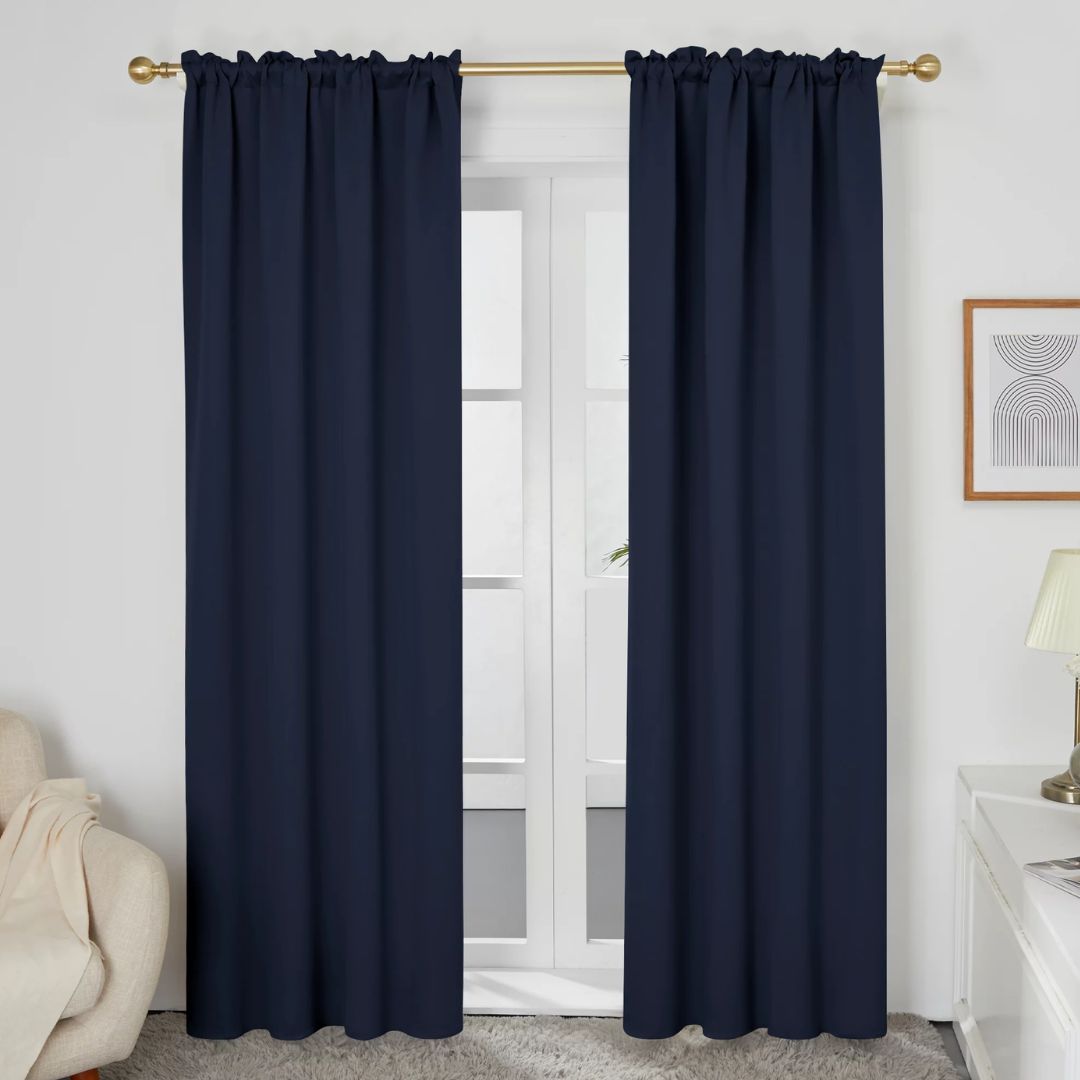5 Design Mistakes That Are Making Your Home Feel Colder – And What Experts Do Instead
From flooring, paints, lighting, window treatments to fabrics, 'these decor elements might be stopping your home from feeling cozy,' say top experts
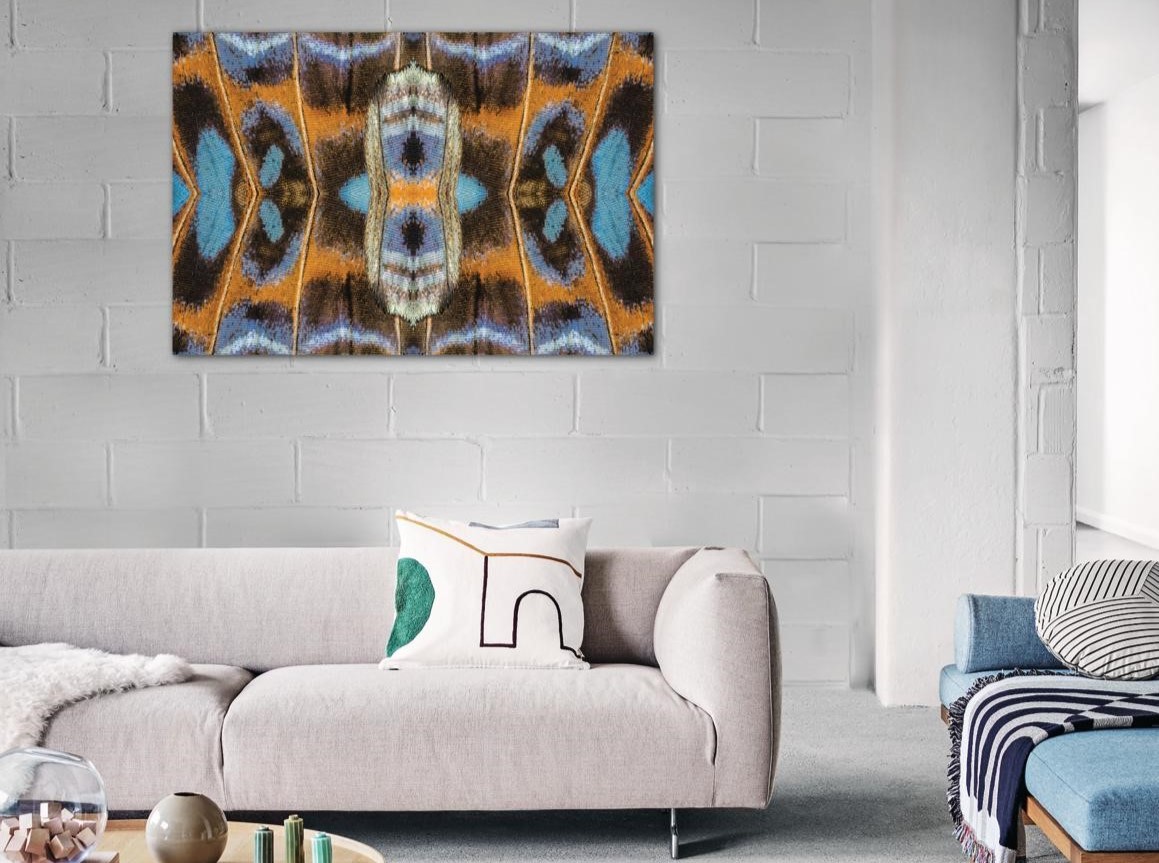

For a home that always feels inviting and snug, simply turning up the thermostat might not always work. Sure, you'll temporarily feel warm but the feeling of coziness truly comes from the decor choices you make. While your wall paints, flooring, fabrics, and window treatments may look elegant, are they truly serving the purpose of warming up your home?
We asked experts to tell us about the most common design mistakes people make while doing up their spaces. Take a look at these living room elements that may be holding your space back from feeling cozy.
1. Choosing sheer curtains
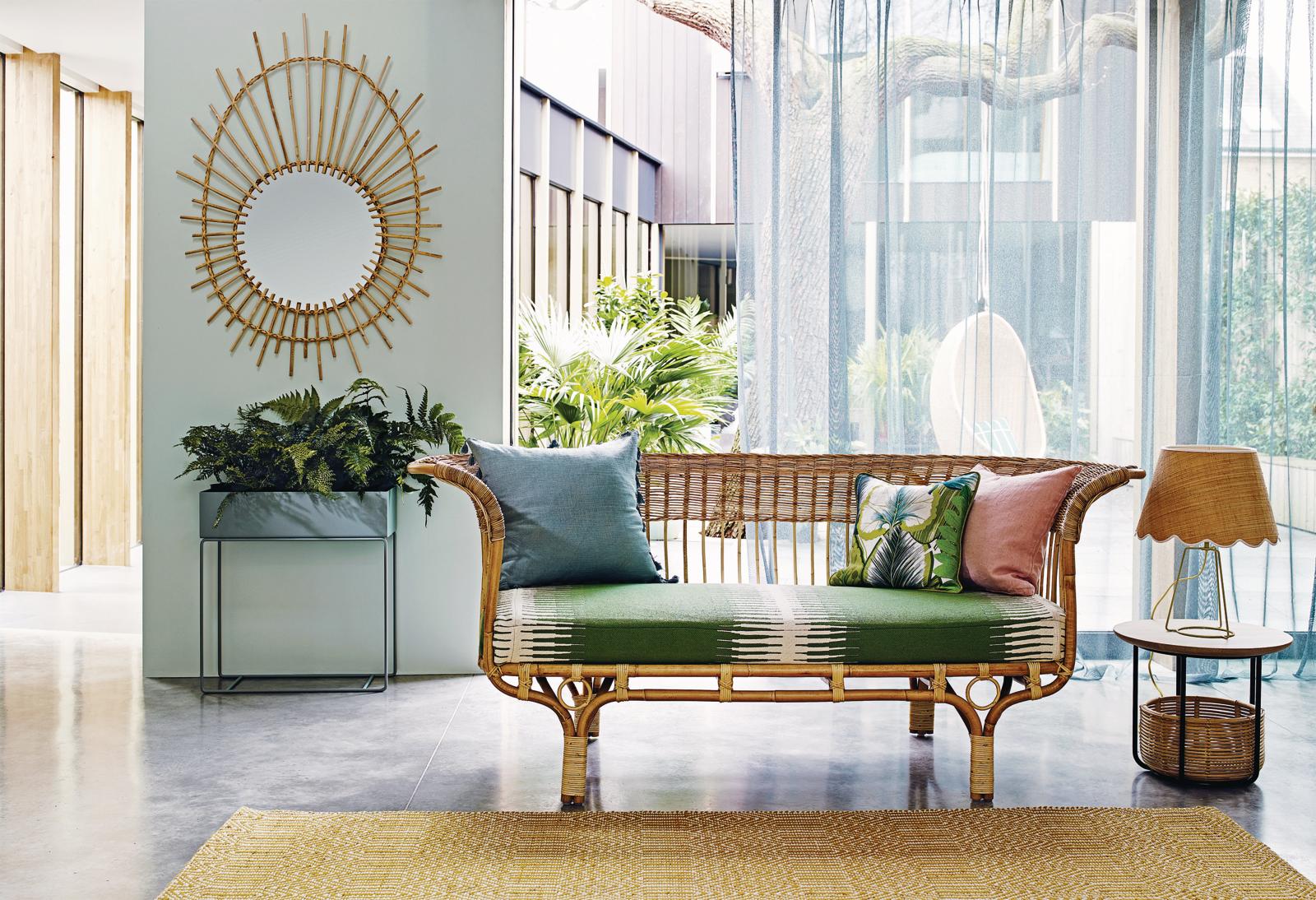
Bedroom or living room curtains are essential to the look and feel of the space, but choosing the right material is of utmost importance. In regions that are mostly warm, cotton, linen, or sheer drapes can work wonders as they allow cool air to filter into the room, making it feel more comfortable. The opposite is true for cold regions.
'I love sheer window panels for privacy and softening a space, but they are a poor choice for insulating drafty windows,' says Bethany Adams, founder of Bethany Adams Interiors. 'Instead opt for thicker materials like velvet, and ideally, if you can afford custom drapery add a thermal lining to them.'
Generally, thermal curtains are a great choice to insulate your home without breaking the bank, as these are much more cost-effective than double or triple glazing. Polyester is a sturdy material that will limit air movement, and is easy to maintain and doesn’t fade easily.
2. Opting for silk sofas
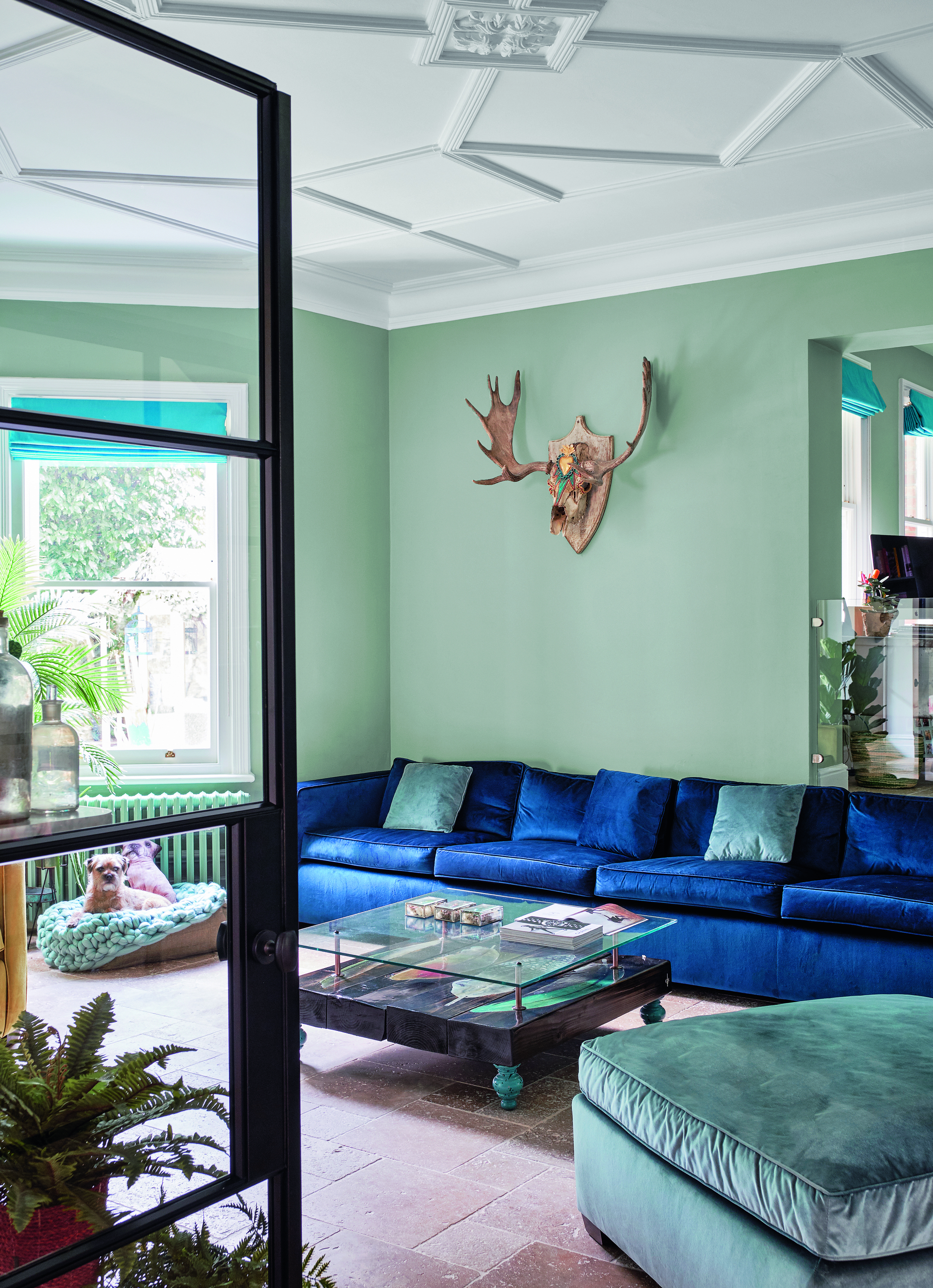
Choosing the right living room sofa material is essential to staying cozy and warm during the colder months.
'Silk or polyester – anything smooth and shiny, will be cool to touch,' says Bethany. 'Instead look for fabrics with a lot of texture like velvet, mohair, boucle, or tweed to give you warmth visually and physically.'
These apart, chenille is a plush and cozy material, perfect for snuggling up on the couch. Microfiber, on the other hand, is designed to mimic the look and feel of suede or leather and is ideal for cold temperatures because it is warm and easy to clean.
3. Designing the flooring with tile or stone
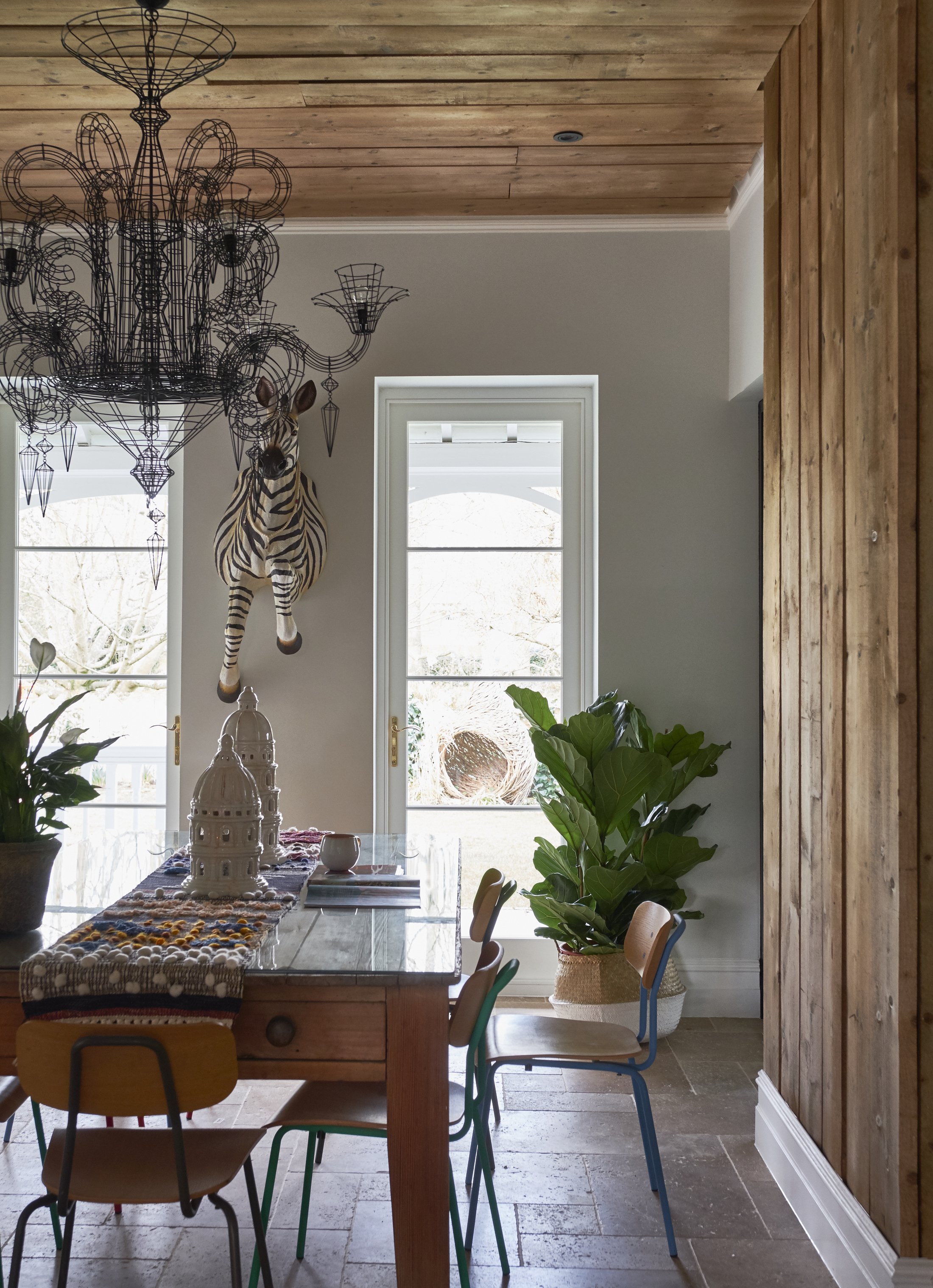
Of course, this is not a small decor change but for those who are currently building or renovating their homes, and live in cold regions, should take note.
'If you don’t plan it well, certain types of living room flooring can take away the warmth associated with homes and make it difficult to put your feet down,' says Saba Kapoor, co-founder of Nivasa. 'Tile, stone, laminate, and certain types of hardwood floors can feel cold underfoot because they conduct temperature quite effectively and don't retain heat well.'
'The best way to manage this of course is to go for heating within the flooring,' says Saba. 'This way the material of the floor won’t matter. But if you can't change the flooring of your home, you can always go for wall-to-wall carpeting or rugs to retain warmth. These provide insulation and a soft, cozy feeling underfoot.'
If you do want to change up the floor tiles then consider cork flooring. 'This kind of flooring has natural insulating properties and tends to feel warmer than many other hard surfaces,' says Saba. 'There’s also luxury vinyl flooring that has thicker layers that offer better insulation and a warmer feel. Compared to solid hardwood, engineered wood tends to have better insulation properties.'
4. Painting the walls stark white
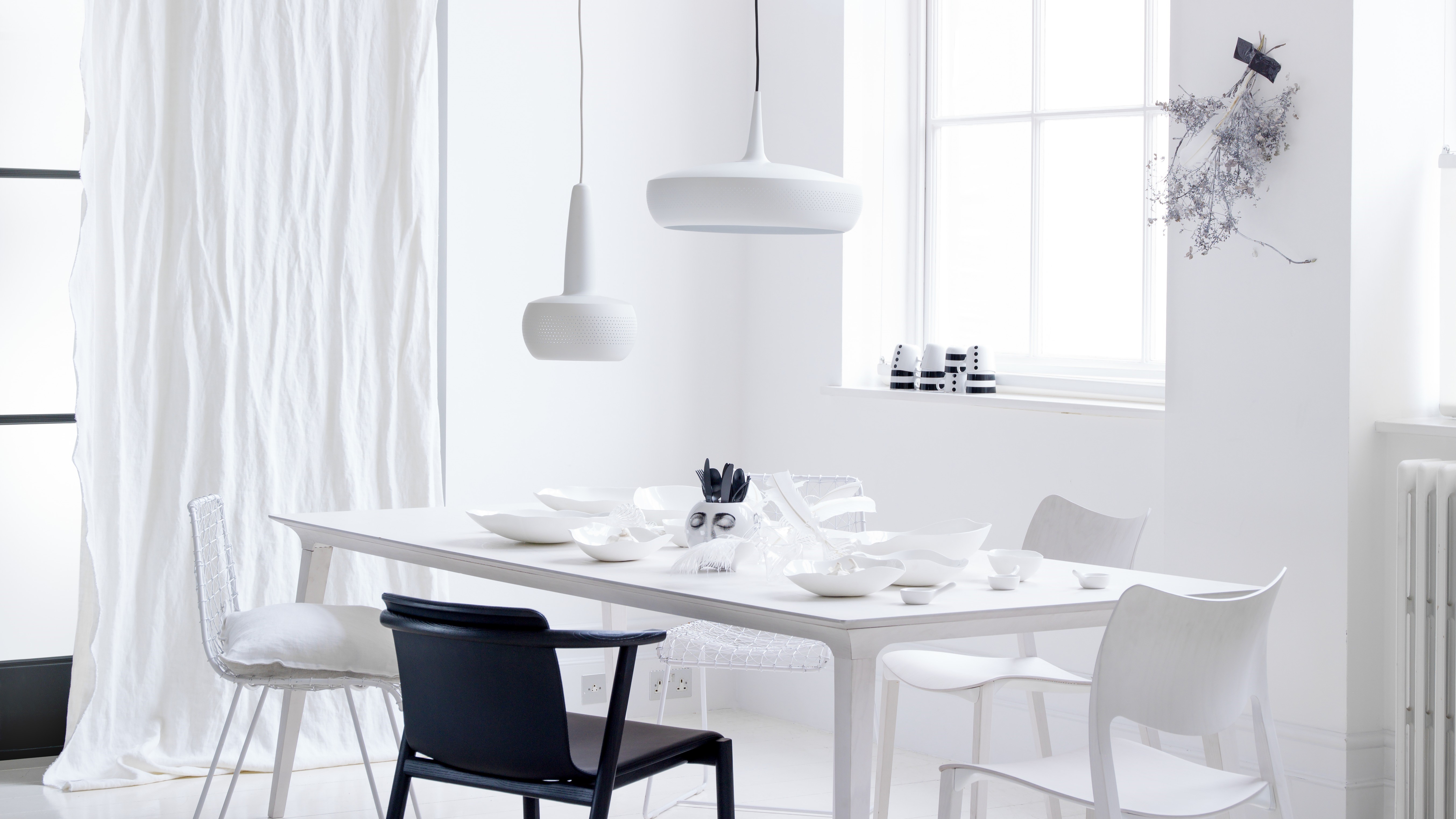
Most people prefer neutrals and consider the best white paint for walls.But choosing a stark white, or a cool white with blue-grey undertones can make a room feel clinical and harsh. That's because this color does not retain heat or light, and makes a room feel brighter but also colder.
'But if you're still set on white, then consider a white with warm to neutral undertones like Benjamin Moore's White Dove or Swiss Coffee, both of which have more creamy, yellowy undertones,' says Bethany.
White apart though, if you want to cozy up a small room and give it a more cocooning vibe, a darker, deeper tone will not only imbue the space with personality but also warmth. Think of tones such as dark grey, blue, teal, or burgundy.
5. Choosing white lights
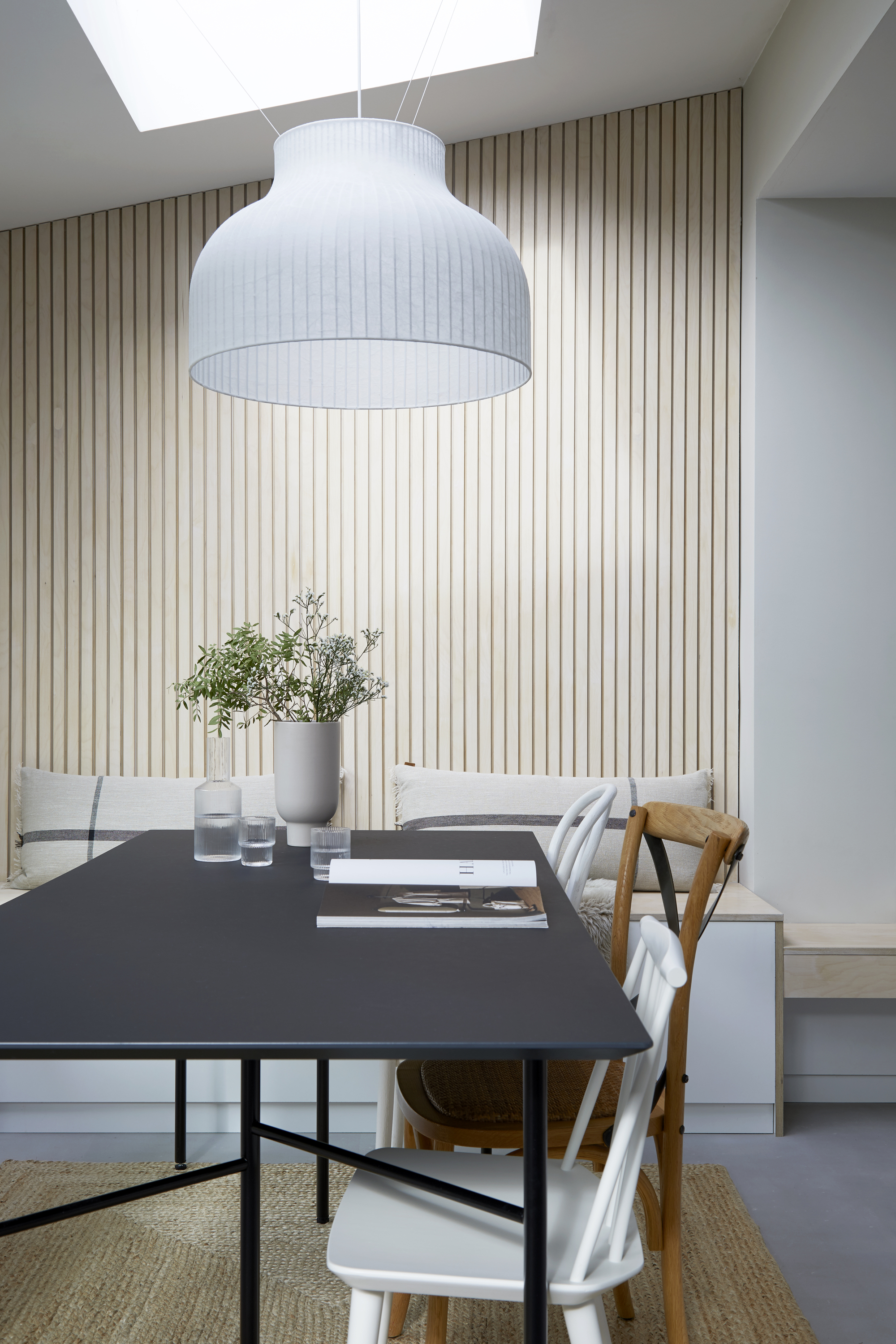
White lights will illuminate your interior but will also make it feel cold; like being inside a doctor's clinic. Warm yellow lights on the other hand can create an inviting, intimate and cozy atmosphere which can help you wind down. These also imbue a moody atmosphere. A great way to create a cozy living room lighting design is by layering warmer lights (say pendants, lamps and sconces) that can help transition the day into the evening.
'Since the warm light makes one feel more relaxed and comfortable in the environment, it is a preferred choice in lighting up the living rooms or bathrooms as compared to cool lights,' says Shivam Dewan, founder of Rosha.
3 products to cozy up your home
Be The First To Know
The Livingetc newsletters are your inside source for what’s shaping interiors now - and what’s next. Discover trend forecasts, smart style ideas, and curated shopping inspiration that brings design to life. Subscribe today and stay ahead of the curve.

Aditi Sharma Maheshwari started her career at The Address (The Times of India), a tabloid on interiors and art. She wrote profiles of Indian artists, designers, and architects, and covered inspiring houses and commercial properties. After four years, she moved to ELLE DECOR as a senior features writer, where she contributed to the magazine and website, and also worked alongside the events team on India Design ID — the brand’s 10-day, annual design show. She wrote across topics: from designer interviews, and house tours, to new product launches, shopping pages, and reviews. After three years, she was hired as the senior editor at Houzz. The website content focused on practical advice on decorating the home and making design feel more approachable. She created fresh series on budget buys, design hacks, and DIYs, all backed with expert advice. Equipped with sizable knowledge of the industry and with a good network, she moved to Architectural Digest (Conde Nast) as the digital editor. The publication's focus was on high-end design, and her content highlighted A-listers, starchitects, and high-concept products, all customized for an audience that loves and invests in luxury. After a two-year stint, she moved to the UK and was hired at Livingetc as a design editor. She now freelances for a variety of interiors publications.
-
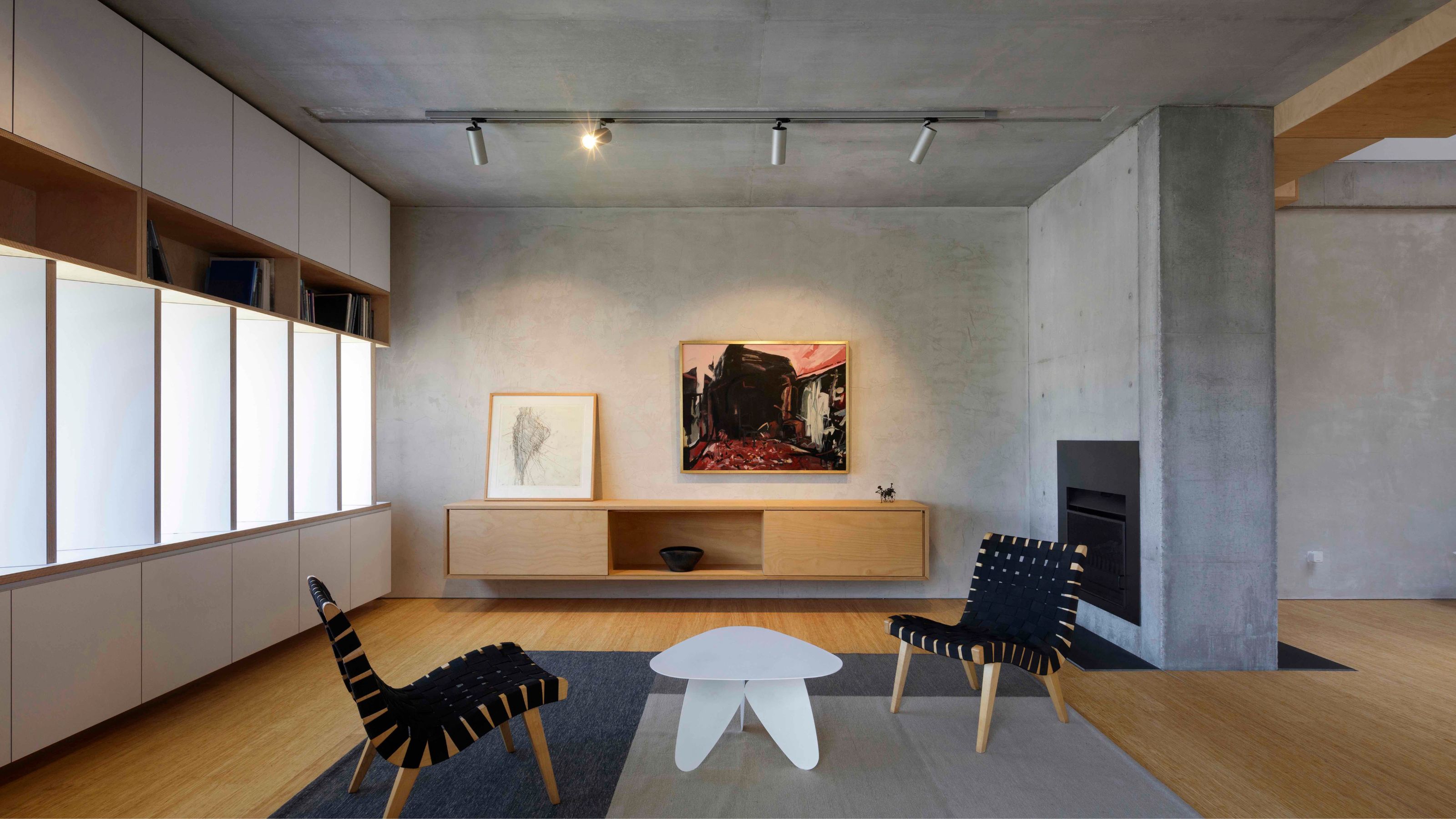 We've Weighed Up the Pros and Cons of Bamboo Flooring, the New Eco Choice That Looks Effortlessly Elevated
We've Weighed Up the Pros and Cons of Bamboo Flooring, the New Eco Choice That Looks Effortlessly ElevatedServing on both style and sustainability, we've asked the experts everything you need to know when specifying bamboo flooring in your home
By Sarah Warwick
-
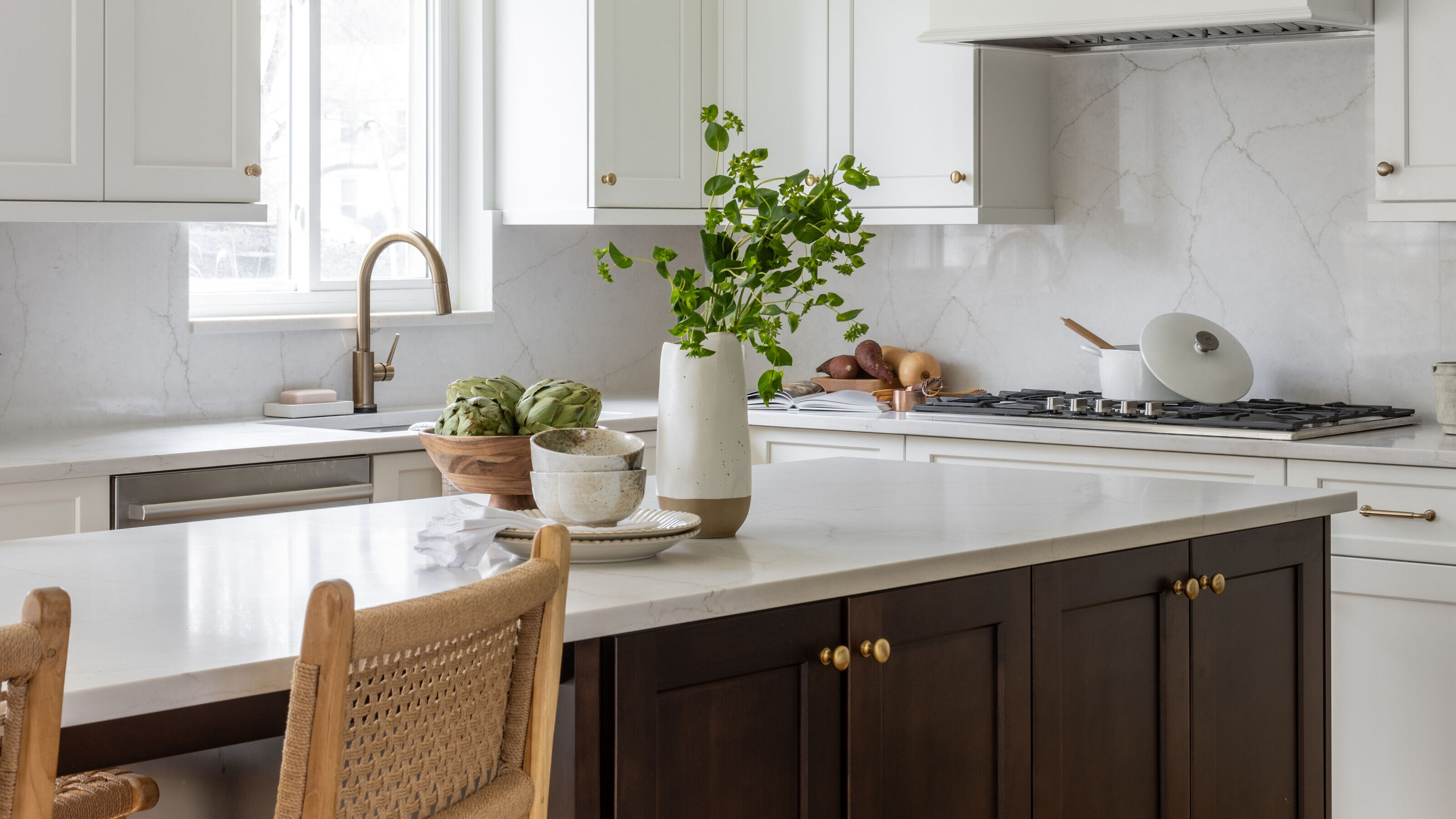 5 Home Reno Projects You Should Never Do By Yourself — Especially if You Want to Avoid Costly Mistakes
5 Home Reno Projects You Should Never Do By Yourself — Especially if You Want to Avoid Costly MistakesExperts say even the most seasoned DIYers shouldn't attempt these high-risk renovations (especially if you want a worthwhile ROI)
By Lilith Hudson

